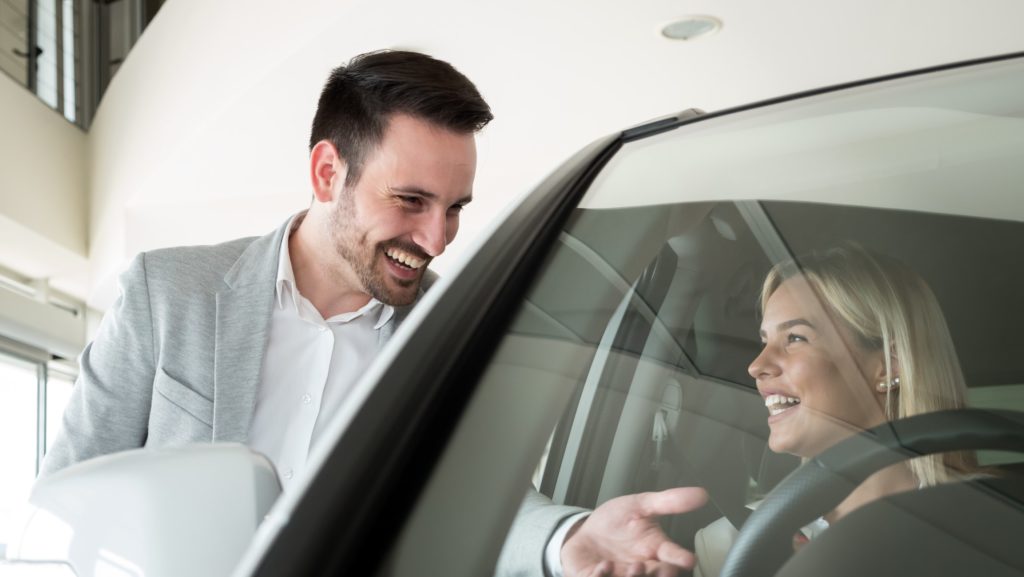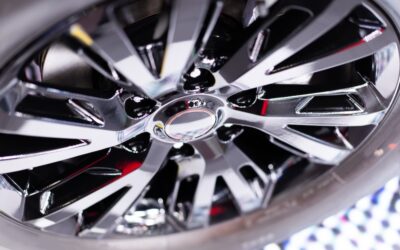Is it safe to buy a car that’s been involved in a serious accident?

In this post we’ll outline the various salvage categories insurers use after accidents. The classifications were updated in October 2017, so this post should help you get up to speed on the changes.
What is a “Write-Off”?
If a car is described as a “write-off”, it usually means it’s sustained so much damage that it’s no longer safe to drive. It could also mean that the car is still safe to drive, but that it would cost too much to repair.
Insurers and assessors use various different salvage categories as a guide to what can be done with a car that’s been written off. Up until October 2017, there were four categories – A, B, C and D. This was a decreasing ranking of damage. A Cat A car was the most badly damaged, whereas a Cat C car was less badly damaged, and so on.
The Association of British Insurers (ABI) updated the categories to shift the focus away from the cost of repair, and to instead concentrate on the sort of structural issues that could affect a car’s safety.
There four new categories are A, B, S and N. Let’s take a look at what they mean.
What is a Category A Car?
A Cat A car is a total write-off. This is a car that’s been so badly damaged that it’s only good for scrap. A Cat A car will usually be crushed, with even the salvageable parts destroyed.
What is a Category B Car?
A Cat B car has suffered extensive damage, but some parts may still be salvageable. Usually, the body of the car will be crushed, but parts may be reclaimed and used in other vehicles.
Category A and B cars can never be returned to the road, even if they have been repaired so if you are looking to buy a car that was classed as a Category A or B steer well clear.
What is Category S (formerly Category C)?
This used to be known as Cat C. The S stands for “structural”. It essentially means that the car’s suffered structural damage that’s more than cosmetic, such as a collapsed crumple zone, or a twisted chassis. A Cat S car won’t be safe to drive until it’s been professionally repaired, but it can be back in action once the repairs have taken place.
What is Category N (formerly Category D)?
This used to be known as Cat D. The N stands for “non-structural”. It’s for cars that haven’t suffered structural damage, but they’re still write-offs, as repairs would be prohibitively expensive. This can include cosmetic repairs to the bodywork – especially if it’s a brand-new car – or significant issues with electronics. Cat N cars are not necessarily safe to drive, as non-structural faults can include problems with brakes and steering.
So Is It Safe to Buy a Cat S or Cat N Car?
Cat A and Cat B cars will be crushed. But Cat S and Cat N cars may be sold on, either to the original owner or to a car salvage company.
Some parents and carers buy second-hand cars for their children – either so they’ll have a car to learn to drive in, or as their first car when they’ve passed their test. Cat S and Cat N cars can come at a lower cost, but many may wonder – is it safe to buy a car that’s been involved in a collision?
Generally speaking, yes. Cars would not be classed as Cat S or Cat N if it wasn’t possible to properly repair them. Once all the necessary repairs have been carried out, these cars should be every bit as safe as a car with no history of collisions.
But it pays to be wary. An unscrupulous seller could try and pass off a Cat S or Cat N car as non-damaged. So insist upon a vehicle history check before you make any purchases. Also, there are currently no controls on standards of repair. A garage that repairs a Cat S or a Cat N car may be perfectly reputable, but there is no legal obligation to get their work checked or independently verified.
As such, you can never be entirely sure that a Cat S or a Cat N car will be entirely safe…
How Much Does It Cost to Insure a Cat S or Cat N Car (formerly Cat C & Cat D)?
Another thing to bear in mind: Cat S and Cat N cars may cost a bit more to insure. This is because insurance is all about risk, and insurers take anything that may increase risk very seriously indeed. You can’t be sure that a former write-off is completely safe, and neither can your insurer. This may result in higher insurance premiums.
You may be tempted to grab a bargain with a second-hand Cat S or Cat N car. But there’s no way of knowing just how reliable these cars are. And a higher insurance premium might negate any savings you’ve made on the cost of purchase. When you consider that learner drivers and new drivers pay a higher insurance premium anyway, it may not seem worth the risk buying a former write-off.
For total peace of mind, choose a second-hand car with no history of accidents, and choose a learner driver insurance policy, or a new driver insurance policy, that offers comprehensive coverage at a reasonable price.



